|
In Part I, I put forth the idea of that the scientific theory of reading is like a map. Let’s call it The Map of Reading Theory. For teachers to get the ultimate destination point (X) - capable and happy readers, writers, and spellers - they must have the map in their possession and know how to read it. Most importantly, they must follow it! I also put forth the proposition that if reading, writing, and spelling success is going to be scaled to a point where the success is district-wide (beyond the individual classrooms of highly capable teachers), then it is necessary to follow other maps as well. I see these additional maps as: Map of Literacy Leadership. This map describes how literacy leaders gather into a team capable of solving literacy problems and promoting literacy solutions within a district or school. Its features are the general laws and facts found in theories of human interaction, leadership, and team-dynamics. I’d say it’s also based on the research and writing of people like Bruce Joyce, Beverly Showers, John Hattie, and others. Map of Plans and Programs This map describes the components of an effective literacy plan and guides the literacy leadership team as they construct it. Commander Chris Hatfield (NASA astronaut) says, “Space exploration demands that we have a short, one-page solution to any problem.” A literacy plan won’t be a one-page document. But it should be compact and to the point, describing what content, instructional methods, and literacy frameworks will be combined into a plan capable of producing strong readers, writers, and spellers. I see this map as being different from the others. It is not so much a narrative that describes the features of a scientific theory as it is a collection of information gathering documents (constructed by the team) that allow the team to map out a new literacy plan. However, what is included in this plan (via the documents) is absolutely grounded in the Map of Reading Theory This plan is a melding of various literacy programs and/or practices, such as a basal reading series with best practices from balanced literacy, or a guided reading program plus Kid Writing plus Spelling Connections, and so forth. The Map of Implementation I also call this The Map of Space and Time. This map describes how a literacy plan is implemented across classrooms and buildings (space) and over multiple years (time). For full implementation to occur, that is to say for the plan to get students to destination point X year after year, teacher and literacy leaders must partake in professional development and administrators must give enlightened oversight to the entire process. Like the Map of Leadership, this map features the general laws and facts found in the theories of leadership and team-dynamics. It is also based on research that describes the actions and behaviors of teachers and administrators that lead to effective and sustained literacy practices.
When maps are followed, the instructional capability and the content knowledge of teachers and administrators are deepened, and literacy programs are strengthened across a system, from classroom to grade level to school to district. In turn, more and more students become successful and happy readers, writers, and spellers. And that is the ultimate point of arrival. As I prepare to travel to ILA’s 2018 Conference, maps are on my mind. I’ll use a mental map to get from my home in the hinterlands to the Pittsburgh Airport. Knowing the roads of western Pennsylvania well, I have no need for Google or Apple maps. But in Austin, I’ll use my phone to navigate from my BnB to the convention center, as well as to the parks, Tex-Mex eateries, and music nightclubs I plan to visit. Finally, I’ll use a digital or even a hardcopy map of the conference center to get to Room 18 D (where Carrie Zales and I will present our session, Literacy Crosswalks for Leaders). I am fascinated by maps. Always have been. Perhaps this is the reason I am using the image to create an analogy for how literacy leaders can create stronger reading, writing, and spelling programs. For the last four years, as part of my business, I have provided workshops, consultation, coaching, and model lessons to teachers and administrators in school districts. With regards to literacy instruction, my starting point is always reading theory (as formulated by research) and the instructional best practices that spring from that theory. In a Reading Today blog last year (as well as in this blog), I called our theoretical understanding of reading The Map. Now, I’d like to expand upon that image and idea. The idea of a scientific theory being a map was put forth by author and researcher Peter Godfrey-Smith. Science is largely about finding patterns of behavior – the behavior of quarks and atoms, of elements in a chemical reaction, of children interacting with text. These patterns are observed over and over again in a variety of situations. In time, facts are identified and general laws are formulated. Godfrey-Smith says that a theory of science (a.k.a. a map), is a descriptive narrative of how a particular system works. A map (a.k.a. theory of science) shows what is essential, focuses the map reader on the core properties of the considered system, and perhaps most importantly, is predictive. When it comes to literacy, The Map of Reading Theory describes reading as landscape features (scientific facts). These features include, but are not limited to, the alphabetic principle, metacognition, speech as a starting point for reading development, fluency as rate and accuracy, the idea that encoding and decoding draw from the same pool of knowledge, the understanding that the brain reads through the coordination of various processing systems including semantic, orthographic, and phonological, and so on and so forth. Each feature on The Map of Reading Theory can be used to plot a path towards an ultimate destination point (X). For teachers and parents (in fact for everyone), this destination point is capable and happy readers and writers. Because The Map is highly predictive, if educators follow it, there is an excellent chance they will get their kids to X. To continue the analogy, the most efficient path to X (capable and happy readers and writers) involves transecting specific map features. These features sit within larger circumscribed areas. I think of these larger areas as the frameworks of reading, writing, and spelling instruction. Consider the following:
The list of features, as well as the areas that circumscribe said features, would fill a book. In fact it fills many books, including the 2.6-pound, 1,344 page-long book Theoretical Models and Processes of Reading, 6th Edition that sits on my desk (published by the International Reading Association). As I interact with principals and teachers, my desire is for them to follow The Map of Reading Theory- always! Following it greatly increases the chance that students will become successful readers, writers, and spellers. Of course, some paths are more direct (efficient, effective) than others. The more a child struggles, the more you should chart a direct course. But even then, multiple pathways to success exist. Multiple pathways, however, does not equate to all roads being equal. Some pathways are simply too circuitous and convoluted. Others are downright dangerous. What is to be avoided at all costs is a path that veers to the fringes of the map or worse, off the map entirely. Uncharted and dangerous “features” include the Pits of Unproven Practice (teaching to individual learning styles; using tinted lenses to “help” children with dyslexia ), the Thickets of Instructional Ignorance (discovery learning is best for all; writing spelling words five times each is an effective way to practice), and the Caves of Classroom Isolation (“Our district doesn’t use literacy leadership teams or coaching” and “I close my door and keep my head down”). These are places we don’t want to go! There are, however, more maps to consider. If reading, writing, and spelling success is going to be scaled to a point where it occurs throughout a district (beyond the individual classrooms of highly capable teachers), then it is necessary to follow other maps as well. What are these other maps? I’d say:
In Part II of this blog (which I hope to publish by the end of this week), I’ll define these maps and tell two personal stories regarding them. |
Mark WeaklandI am a teacher, literacy consultant, author, musician, nature lover, and life long learner.
|
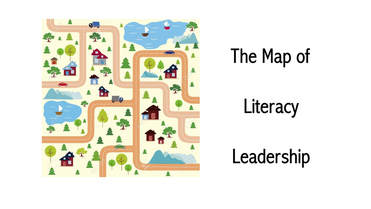
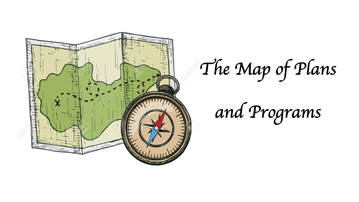
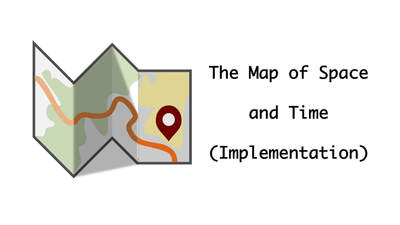
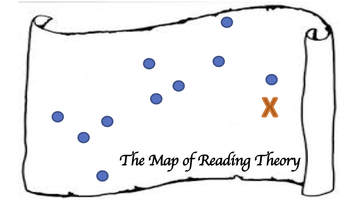

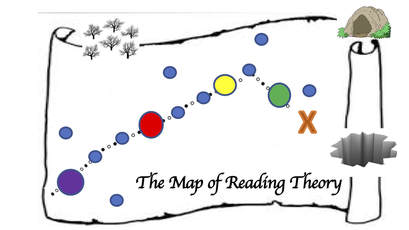
 RSS Feed
RSS Feed